I designed a boost LED driver based on TPS92691. It drives 56V 5A COB LED from 22-50V input. It works ok.
Oscilloscope shows small spikes on input (100mV), but large spikes on output (3V). The spikes are from switching (400 kHz).
I started with 4.7uF X7R output capacitor. Then added one more, spikes were reduced. Then added one more, which reduced spikes little more, but adding more capacitance does not change anything anymore.
I mesure with probe with wire coiled around it.
The switcher is powered by separate 12V power, it has 10uF and 1uF caps right next to Vin pin. Every IC has caps near them. Output caps are close to LED wires.
As I understand it, the spike (ringing) happens when MOSFET starts conducting, then when it opens, second, smaller one happens.
Can the spikes be reduced somehow? Also, is it bad, will it harm anything?
The datasheet





